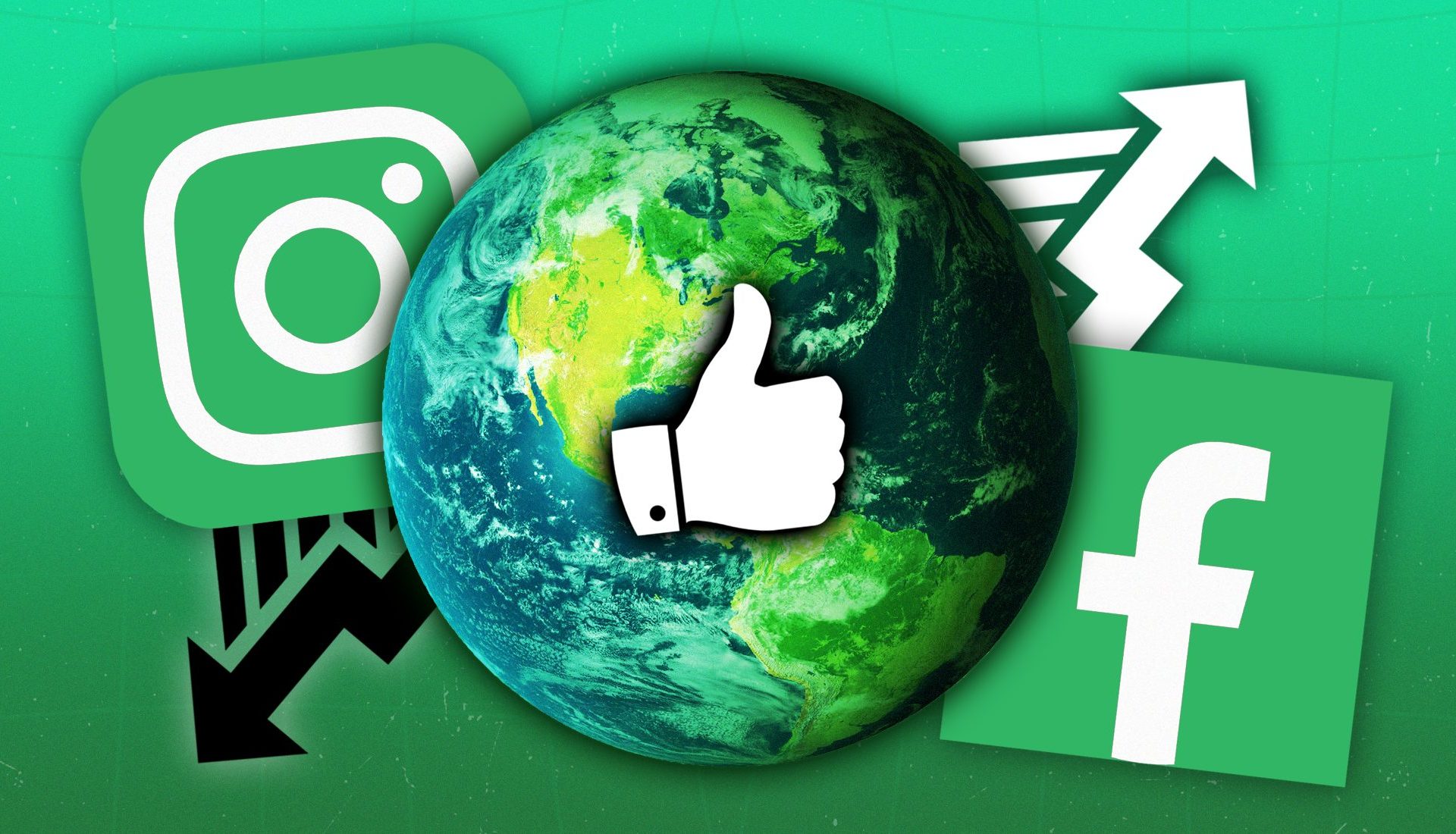As we move into a crucial decade for social responsibility, it’s likely that we’ll see more online branding emphasise green initiatives and sustainable business practices. Likes and follower counts are set to become less important too.
It’s no secret that social media usage changes year to year. As new trends develop and our political landscapes shift, so too do the ways in which we use sites such as Facebook, Twitter, and Instagram. Our connections with one another and the communities around us are constantly evolving, particularly as far as Gen Z is concerned.
But how will 2020 shake things up? For one, we’re likely to see less emphasis on numeric value on our social media profiles – less likes, followers, and engagement will be visible or present across the web. Video content will probably remain king and TikTok’s popularity is likely to continue to grow. Don’t expect short form video memes to go away anytime soon.
The biggest trend worth talking about, , is increased branding around sustainability and green initiatives in what will be a vital decade for social change. More companies big and small are set to push anti-plastic campaigns, reduced emission programmes, and attempt to connect with social media users through green action.
We’ve put together a comprehensive list of all the trends worth keeping an eye on in 2020 below to keep you in the know.
Instagram and Facebook are likely to fade out ‘likes’ and move away from clear cut metrics
Social media sites have had to tread a fine line in recent years.
While they exist to make money and ad revenue, obviously, they’re also now having to contend with the mental health of their users, especially Gen Zers. Having follower counts, ‘like’ tallies, and clear data on how many people engage with your profile is useful for marketers and business, but can take a toll on ordinary people whose self-esteem and self-worth may become tied to social media metrics.
Instagram arguably gets the full brunt of this controversy. The site is routinely accused of encouraging image editing, influencer culture, and perpetuating idealistic standards that are impossible to live up to. So, how can things be improved?
In 2020, social media sites seem keen to scale back their emphasis on numbers and metrics. Instagram has recently been removing the visibility of likes on some posts in the US to test how it affects user experience, and have introduced subtle changes to the platform that encourage users to spend less time scrolling. Twitter’s CEO Jack Dorsey, meanwhile, has described follower counts as ‘meaningless’ and has expressed interest in scaling back likes and retweets.
In short, 2020 will be a year that prioritises content quality rather than quantity. It’s more about authenticity than engagement numbers – which is probably a good thing for everyone involved.
Nano-influencers to make a bigger splash than big names
For years our social media profiles have been all about influencers – gaining as much engagement as possible with the biggest names. This is starting to change however, as Facebook events and smaller groups have gained traction throughout 2019.
This year we’ll see much more focus on nano-influencers, smaller content creators whose followers are more closely tied to their work. Think Instagram pages with 10k followers. Brand deals with these profiles are likely to go a long way with a smaller audience.
Companies want to move away from bland, faceless, or uninspired advertising. Reaching people through top profiles with millions of followers is probably less cost effective than hitting up multiple smaller channels with dedicated fan bases.
2020 is set to be a year in which nano-influencing grows significantly.



















